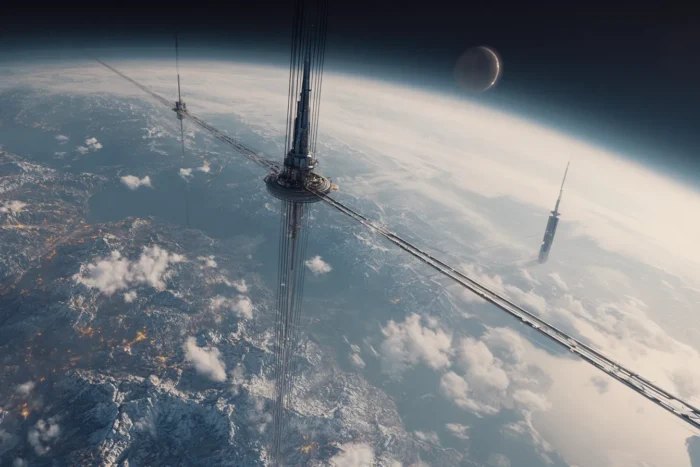Space elevators
Should we have very long “ladder” (as in 36000kms long) that co-rotates along with Earth and connects the surface with a geostationary orbit space station very high up?

Space elevators are groundbreaking concepts that aim to revolutionise access to space by providing a cost-effective and continuous link between Earth and orbit.
(more…)
